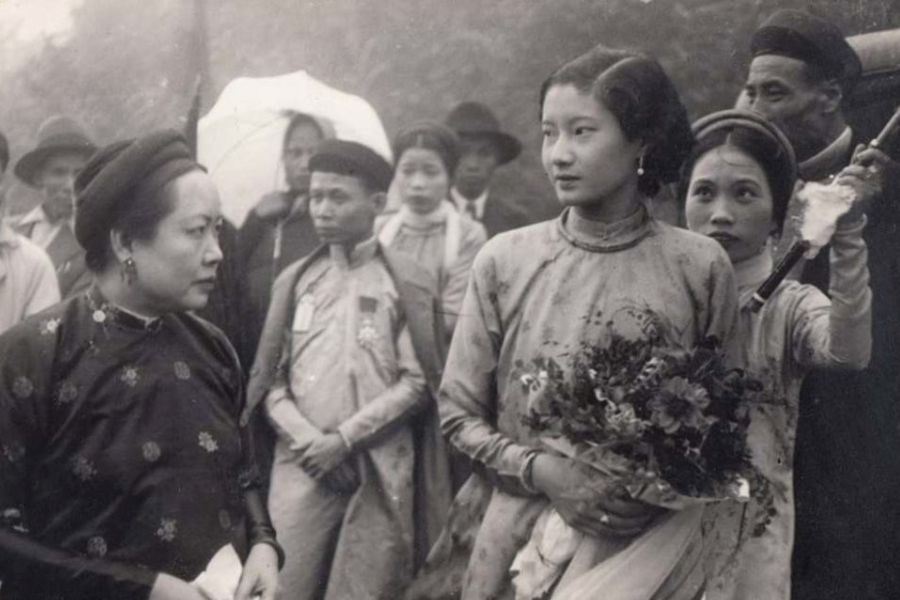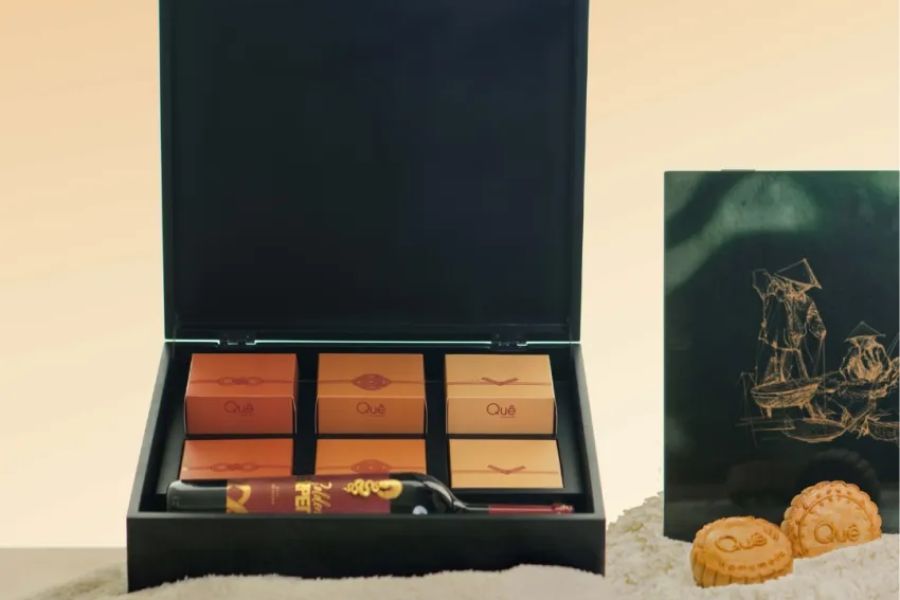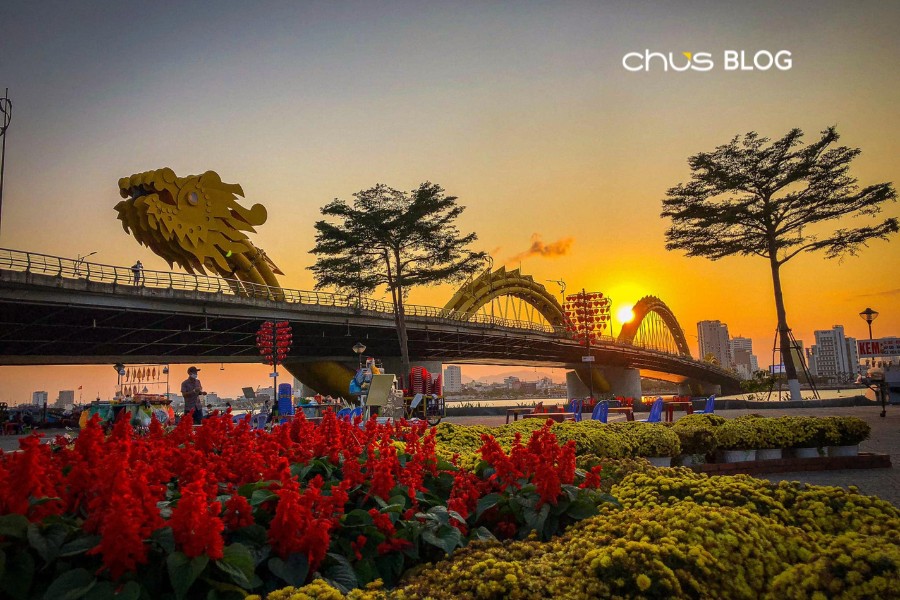- Apr 16, 2024
Morning Coffee Rituals in Vietnam
Instead of saying "Let's meet someday", Vietnamese people often generously invite "Wanna wrap some coffee? to meet up with friends and talk about everything in the world. Vietnamese coffee culture has long become one of the distinctive features in the eyes of foreign tourists. But having morning coffee on the side of the road, listening to all the lively sounds of the streets, is the true way to enjoy Vietnamese coffee.
No coffee yet, it's not morning yet
Some people are out of habit, some are simply addicted to caffeine, but in general they all need a cup of coffee to be alert enough to welcome a new day. Just for fun, our ancestors used to say, "The betel piece is the beginning of the story." This saying is definitely very suitable when applied to coffee, no joke!

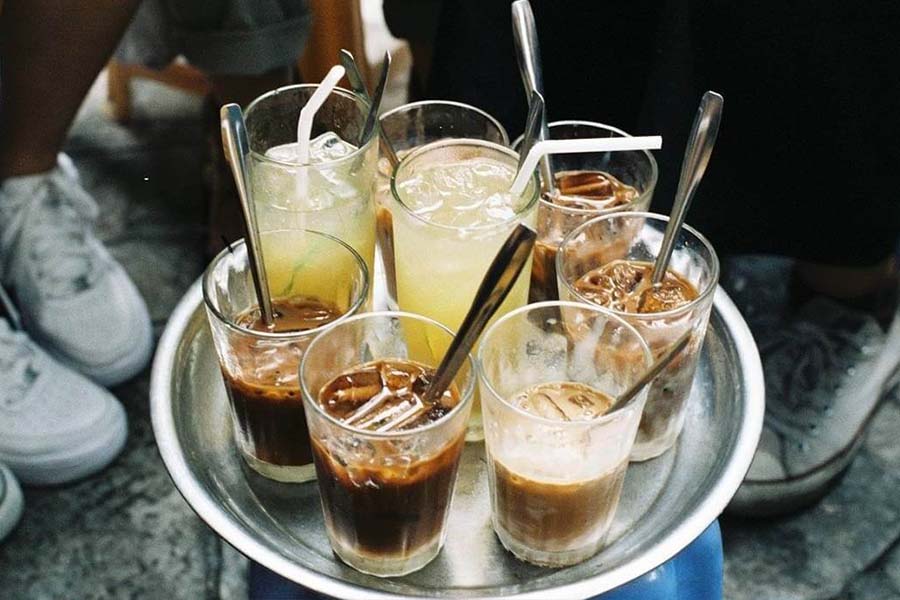
It is not difficult to see images of elderly men and women sitting together for morning coffee. Some people are holding medicine in their hands, others are adjusting their glasses to read the new newspaper more clearly. Or some people like to play chess. Think for a moment, take a sip of black coffee and then put the chess piece down. Just like that, the sounds of "clicking, rustling, rustling" echoed each other, creating a lively and strangely peaceful sound.
Or like office workers, before starting work, they "ice" a cup of coffee right under the company or in a shop. From young to old, from girls to boys, we can all see images of them making a cup of coffee every morning right on the side of the road. Gradually, this image became so popular and typical that many foreign tourists when traveling to Vietnam also wanted to experience morning coffee on the roadside once.
Have some coffee, tell some stories
No matter how rushed office workers are, they can still take time to sit down for a little morning coffee and chat a few words with their colleagues. Adding a table and a tiny plastic chair is enough. They say it's because they need caffeine in their bodies to stay awake. But some people, no matter how much caffeine they have, their sleepiness won't let them go. It just takes that brief but essential time to trick the brain into saying “Ah! I'm awake and can talk. Working alone".
There are also people who buy that coffee, but don't sit there. They hung it on the car or held it in their hands, then continued to fight for their daily livelihood. At this time, coffee is like a great dose of dopamine, motivating you to be more enthusiastic and energetic.
Coffee has become such an important part that many times when you meet up or discuss something, you can also reduce it to "going for coffee" for all those social occasions.
The disticntive characteristic of Vietnamese coffee beans
Vietnam is rich in soil and climate that are very suitable for the growth of coffee trees. The most common Vietnamese coffee beans are divided into two types: robusta and arabica beans, with different smell and taste characteristics. Some provinces and cities can grow loris seeds and cherry seeds, but in terms of popularity and suitability, robusta is at the top of the list. Next is arabica, then the remaining two types of beans.
Vietnamese coffee is often bitter because robusta beans account for 90% of annual consumption. Thanks to that, those who don't get used to drinking it for the first time may get drunk or have a fast heartbeat. However, once you are addicted to that bitter taste that covers your entire mouth, it is difficult to stop.
Vietnamese coffee is phin coffee
Unlike coffee beans from the West that often use machines or many other methods to brew, standard Vietnamese coffee must be brewed with a filter.
The feeling of watching coffee slowly drip by drop may not seem like a big deal, but it evokes many emotions, especially when you are sitting nestled and listening to sounds from all directions around you. That moment of waiting for the coffee to finish gives you the opportunity to slow down and calmly observe all the movements around you. Once it has melted, sugar is added and then beaten vigorously until it dissolves, creating a beautiful layer of coffee foam. Add a little ice to create a rich iced coffee that opens every story.
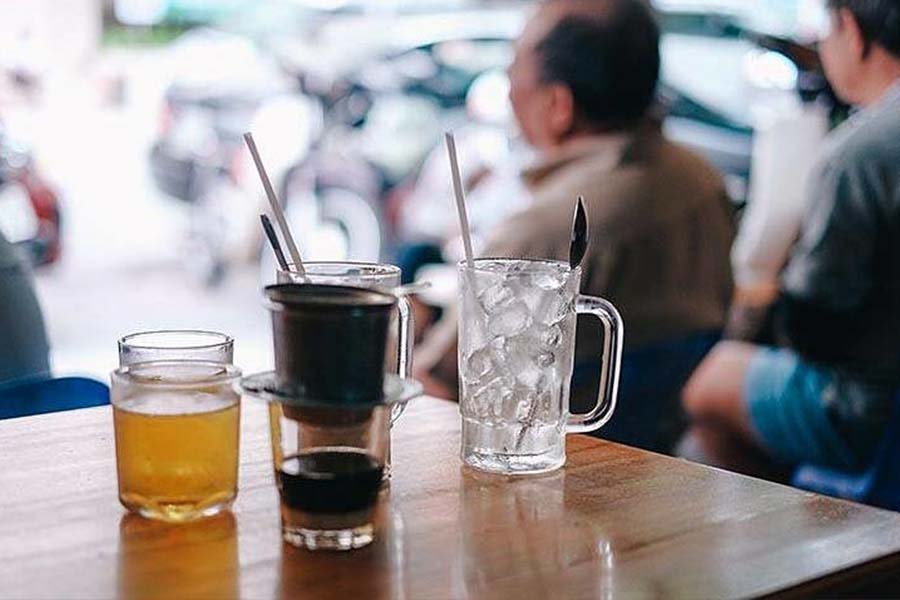
If iced coffee is popular with men, then iced milk coffee is a dish that mothers and grandmothers love. Who said strong Vietnamese coffee is only loved by men? Replace sugar with a little condensed milk and you'll instantly have a cup of fragrant, sweet iced milk coffee mixed with a bit of bitterness from the coffee. The more I repeat it, the more I crave it!
There is also racket coffee, which is coffee brewed in the old style of Saigon people. Nowadays, not many coffee shops still have this style, but if you take the trouble to go into old corners or alleys, you will still be able to find shops like this.
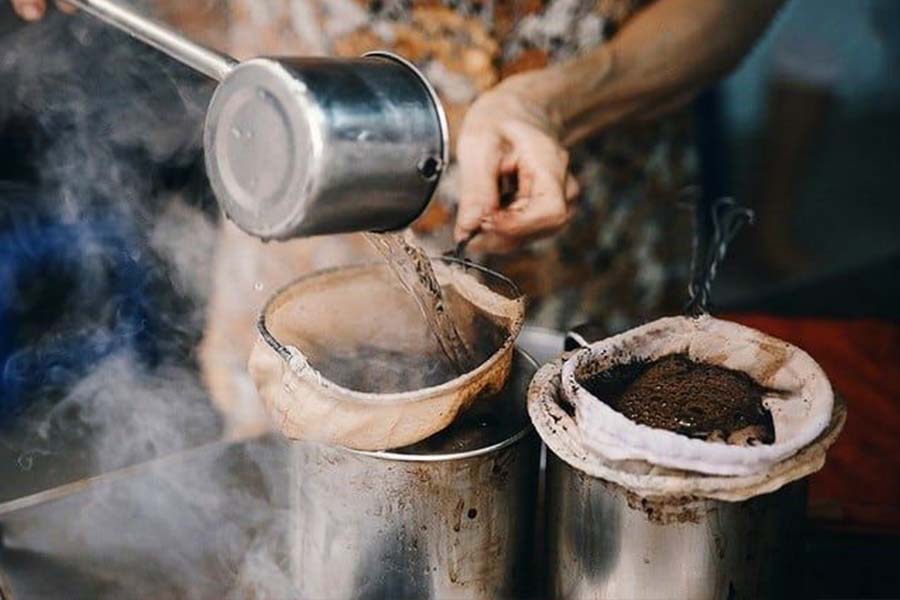
Morning coffee rituals in Vietnam
Needing morning coffee, many people even make their own coffee and enjoy it at home. Depending on taste and needs, there will be many types of people when it comes to making their own coffee. Is it true that only those who research and choose to buy expensive coffee beans can drink coffee, but not those who choose ready-made packaged coffee?
There are actually things that don't need to be too strict because it depends on taste. If you don't have time, making a quick cup of instant coffee is not something to condemn. There are many people who like coffee but can't drink much caffeine. Pre-brewed coffee with less caffeine is the real love.
Conclusion
There are no standards for what coffee beans you must use, what ratio of water and milk you must mix for a cup of coffee for one person to drink. The honorable point here is the role of coffee in street culture in Vietnam in general and morning coffee culture in particular. Relationships where one person can "Go Coffee" with the other certainly also show how important that relationship is.
Hopefully, through this rather longer than usual blog post, CHUS has partly introduced a very unique and unique characteristic of Vietnamese people. If you want to find brands that sell reputable and delicious Vietnamese coffee, please visit the CHUS website to explore.






